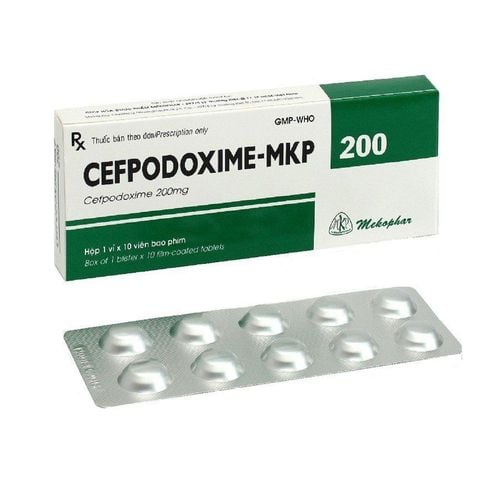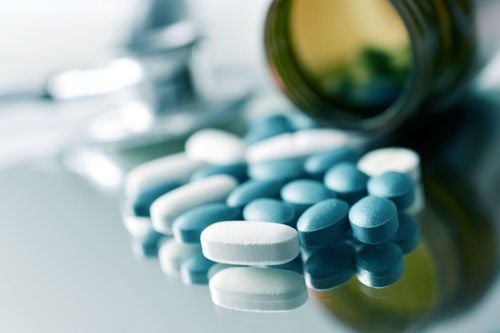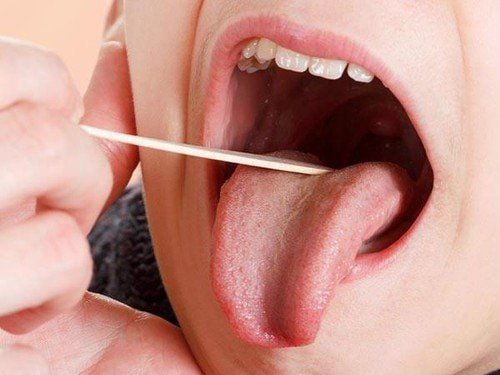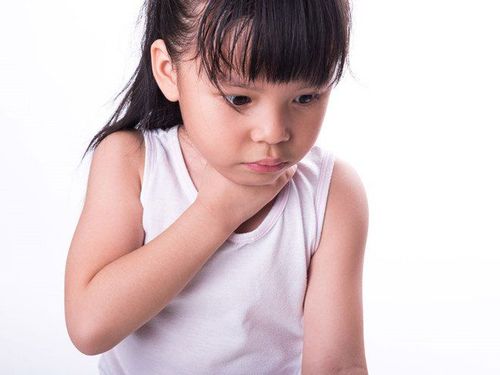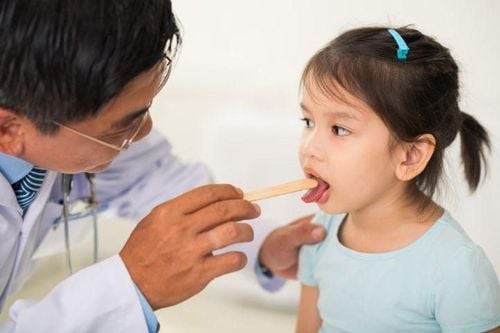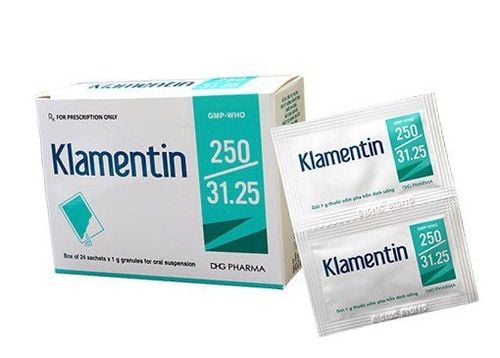This is an automatically translated article.
The article was professionally consulted with - Specialist I, Resident Doctor Dang Thi Ngoan - Pediatrician - Neonatologist - Department of Pediatrics - Neonatology - Vinmec Ha Long International General Hospital.VA curettage is indicated in cases where the doctor has considered the child's medical problems. However, many families are concerned that the child's immunity is reduced, so they refuse to have surgery. Meanwhile, VA that has been inflamed can no longer maintain immune function, but also causes more difficult-to-treat complications for children.
1. What is VA?
VA is a lymphatic organization located in the nasopharynx, just behind the nasal cavity. VA serves as the first immune barrier against pathogens entering the airways.
VA occurs when there is an invasion with a large number of pathogens (viruses, bacteria, dust, etc.) causing the VA to be overloaded, stimulating inflammation. The inflammation that occurs increases the size of the VA leading to obstruction of the airway and air circulation with many consequences for the child.
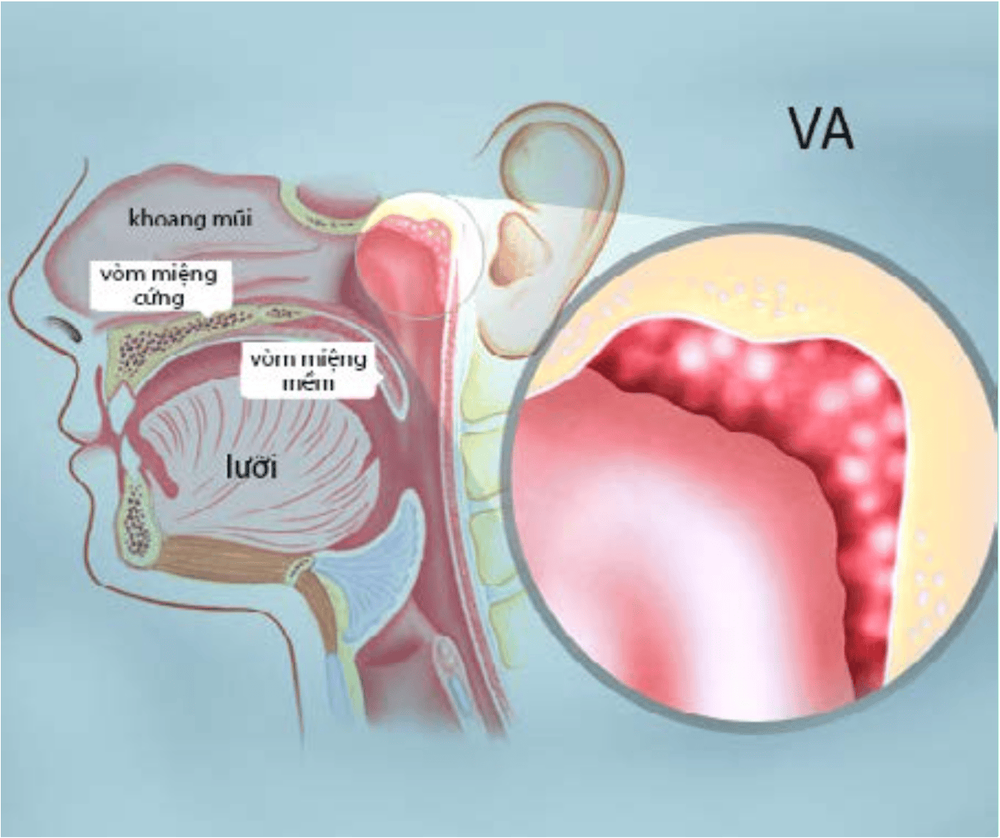
Viêm VA
2. Will varicose veins cause pain for children?
Vasectomy is a procedure that does not cause much pain for children. In general, children with pain after curettage of VA are caused by injuries during and after surgery, or because of drug reactions. Specifically as follows:
Children after curettage often feel pain or stiffness in the throat due to the supine position. Symptoms persist for a few days after surgery and can be improved with warm compresses, pain relievers and some neck rotation exercises. Children may have drooling, mouth pain after surgery. Your child may experience pain or discomfort in the ear area during the recovery period. The pain may be sharp or dull. Pain is not a sign of an ear infection, but is caused by the area being operated on. Parents can relieve pain by having their children chew gum thoroughly. Allergic reactions to antibiotics can occur but are very rare because the child has been tested for antibiotics before and has no signs of allergy. If there are signs of sweating, heart palpitations, dizziness, dizziness,... you need to report it to your doctor for prompt treatment.
3. Measures to relieve pain after curettage of VA
Some measures can reduce pain after curettage of VA for children, including:
Painkillers: Common pain relievers are paracetamol and other drugs with the same active ingredient. Note, parents do not give children paracetamol on an empty stomach because it can cause nausea and vomiting for children. Limit ibuprofen use for 2 weeks after surgery because it increases the risk of bleeding. Give your child plenty of water to drink, to avoid painful dryness of the surgical area. Avoid giving your child hard foods that will scratch the surgical site, such as cookies, bread, and chips. Play with your child often to avoid being upset or spending a lot of time thinking about pain
4. Improve children's health after curettage
4.1 Snoring Snoring can occur in some children after surgery. This is caused by swelling and usually goes away on its own within the first week after surgery.
4.2 Voice Change The voice change is caused by the change in the size and shape of the oral cavity after surgery. The time it takes to regain voice can range from weeks to months.
4.3 Fever Fever occurs as a result of mild dehydration or the healing process of throat incisions. Fever temperature varies from mild to moderate, usually below 38.5 degrees Celsius. Feed the child normally, combined with measures to reduce fever.
4.4 Bad breath Bad breath is common after surgery and can last up to several weeks. It is the result of the healing process at the surgical site when the throat produces a lot of phlegm. Maintain proper oral hygiene for children by using physiological saline to clean their nose, let them chew gum, suck on hard candy. Drinking plenty of water can also help.
4.5 Bleeding Bleeding occurs at a low rate, usually occurring in the first 14 days, especially from day 4 to 8 after VA curettage. The amount of bleeding is usually negligible and will stop on its own. If the bleeding is heavy and cannot be stopped on its own, the family needs to take the child to a medical facility for treatment.
4.6 Oral care Within 1 week after surgery, children need to adhere to:
Rinse mouth, brush teeth but do not flush throat Do not cover mouth with hands when sneezing Use a tissue to wipe nasal discharge Humidify the air by nebulizer 4.7 Physical activities Children should gradually increase physical activity. Avoid vigorous activities for 2 weeks after surgery. Parents also limit letting their children go to crowded places and come into contact with sick people, especially respiratory infections.
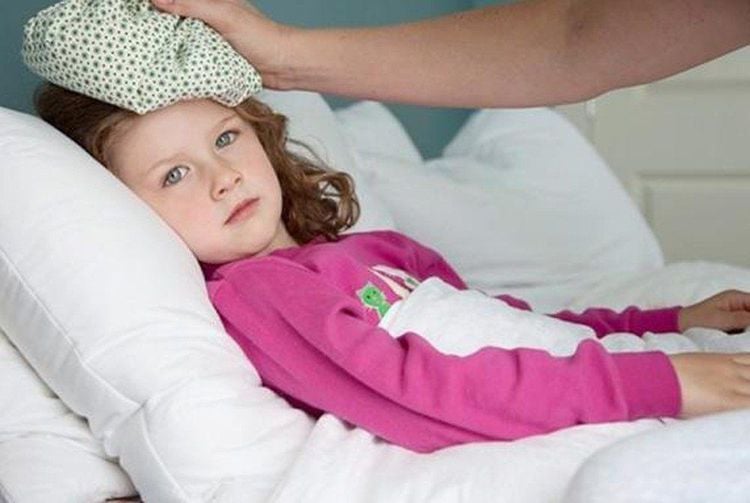
Trẻ thường sốt nhẹ sau nạo VA
5. Complications from VA due to late intervention
Inflamed VA not only affects the immune function, but also causes the following complications:
Obstruction of the child's airway causing the child to breathe through the mouth, snore, even stop breathing during sleep. The frequent lack of oxygen to the brain will adversely affect the physical and intellectual development of children. Enlarged VA causes occlusion of the eustachian tube, causing ear infections, hearing loss, acute and chronic otitis media, and children's language development in the speaking stage. VA causes the accumulation of mucus in the nose, causing repeated sinusitis. Inflamed VA is a home for bacteria from there to spread to other parts causing glomerulonephritis, cervical lymphadenitis, polyarthritis, myocarditis, blood infection, etc. At Vinmec International General Hospital, the technique of tonsillectomy and VA curettage with Coblator is applied. This is a new technique applied regularly at Vinmec. The advantages of this technique are fast surgery time, no blood loss, good hemostasis, no postoperative burns, no swelling, and gentle postoperative process. With Coblator, children have much less pain compared to traditional surgery and surgery with unipolar or bipolar electrocautery, children recover quickly after 4-5 days of treatment.





